Australia
Fires have been raging across the country killing nine people since September, destroying about 1,000 homes and burning more than 12 million acres.

As the country experiences a heat wave — in December it had the hottest day on record with an average maximum temperature across the country of 107.4 degrees Fahrenheit — the country’s firefighters are struggling to bring the blazes under control.
Bushfires have always been a feature of Australian life, but this year’s fires are the most intense and destructive since 1974.
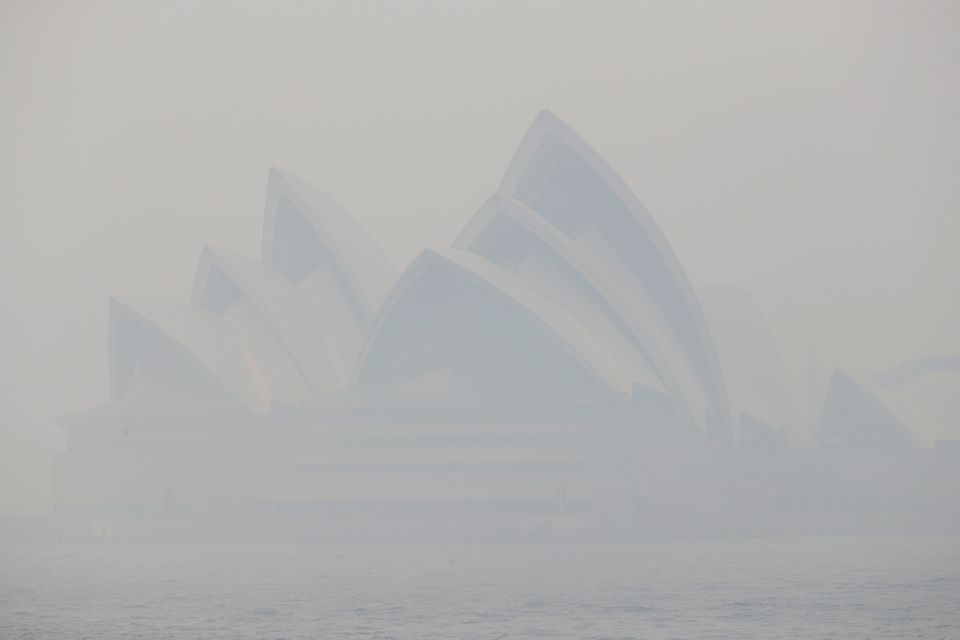
The fires have sharpened calls in the country to take the climate crisis seriously, but the government has refused to accept that climate change has played any role in the unfolding disaster.

California
The California wildfire season has once again been devastating, displacing thousands from their homes, burning more than 250,000 acres, and costing about $80bn in damage and economic losses. The state saw planned electricity blackouts in an effort to prevent wildfires, leaving about 3 million people without power, some for almost a week.
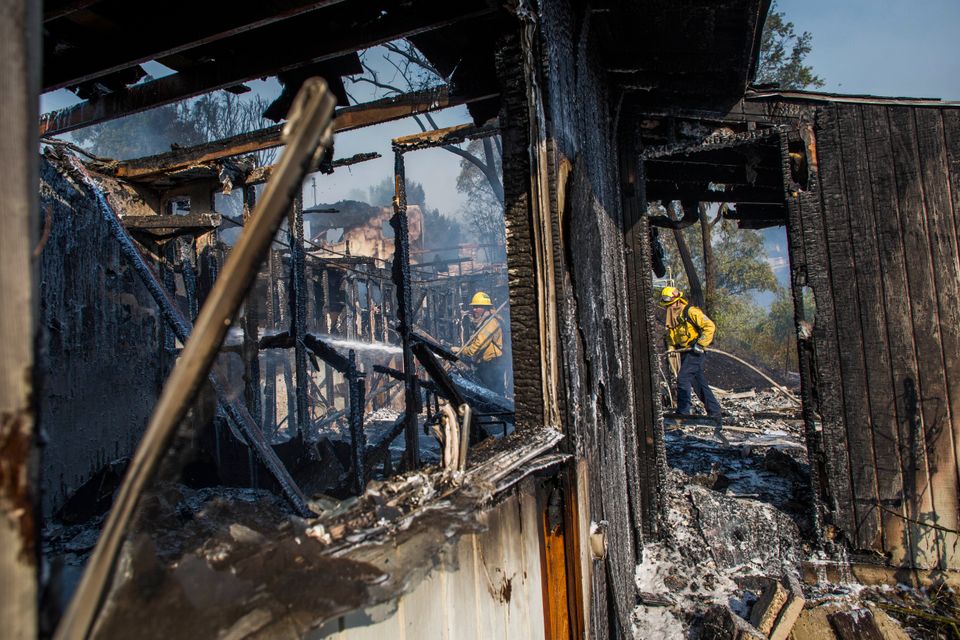
The fires were less destructive than in the previous two years. In 2018, fires burned through 1.8 million acres in the state and 1.3 million the previous year.
Seven of California’s 10 most destructive fires have happened in the last four years.
Climate change plays an important role; warmer temperatures mean drier vegetation, which acts as perfect kindling for fires. Annual rains are coming later and later, while hot, dry winds have helped whip up fires.
Aging energy infrastructure has also been a factor. Utility company Pacific Gas & Electric, which filed for bankruptcy in January 2019, was found responsible for the deadly Camp Fire in 2018 that destroyed the town of Paradise and killed 86 people.
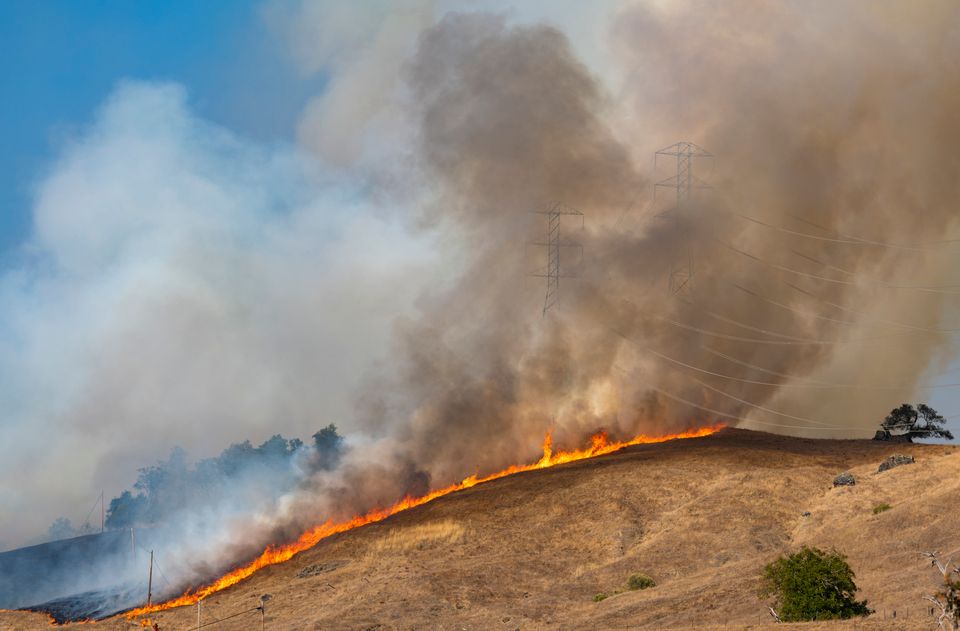
There are no simple solutions. Tackling the rising global greenhouse emissions causing the climate crisis would be a start. Updating energy infrastructure and implementing better adaptation strategies for communities in fire-prone areas are also important. And some people advocate prescribed burning, which has its roots in Indigenous practices, where small, controlled fires are lit to clear some of the vegetation that can lead to catastrophic wildfires.
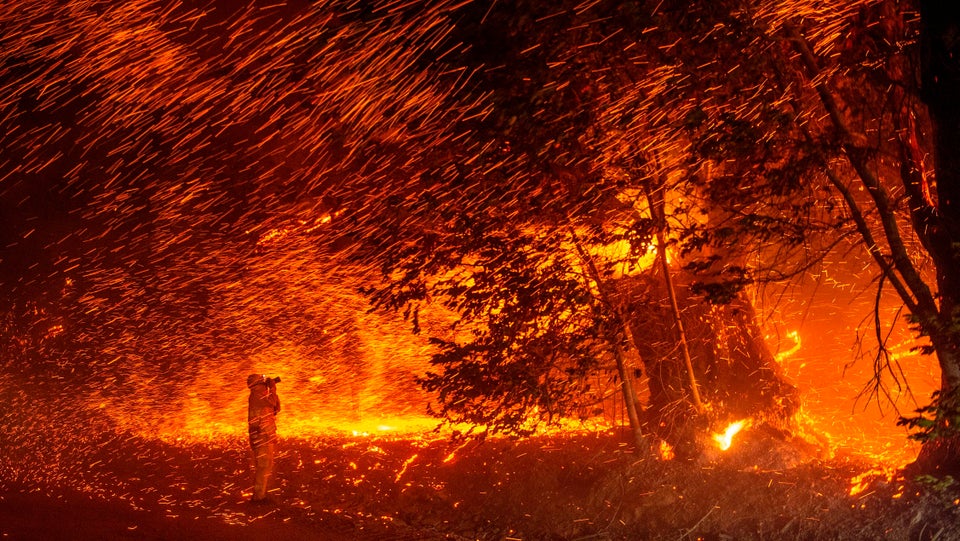
The Amazon
The Amazon saw more than 80,000 forest fires this year, an increase of 75% from 2018. Many of these fires have been blamed on people and companies clearing land for industry and agriculture ― predominantly beef and soy farming.
Jair Bolsonaro, the country’s far-right leader who has been working to open up the Amazon to corporate interests, responded to the fires with a flurry of baseless finger-pointing. With no evidence, he blamed nongovernmental organizations and firefighters for lighting fires and the actor and environmental campaigner Leonardo DiCaprio, who he claimed had financed the fires.
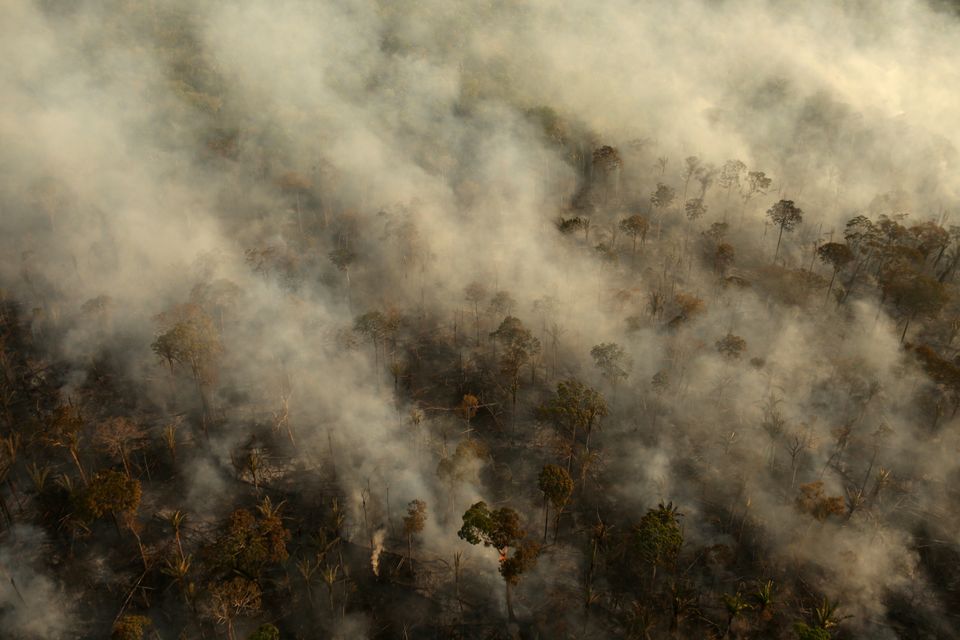
The Amazon, a huge carbon store, is a vital buffer for the world against climate change, and this year’s fires, accompanied by frighteningly high levels of deforestation, have been devastating to this important ecosystem.
“We need a real commitment from Bolsonaro’s government to protect Brazil’s forests and their indigenous and traditional communities, who are the true guardians of the Amazon,” Christian Poirier, program director of U.S.-based nonprofit Amazon Watch, told the BBC. “Bolsonaro has promised ‘zero tolerance’ for explosive deforestation and subsequent widespread arson; however, his policies and rhetoric have actually encouraged such crimes.”
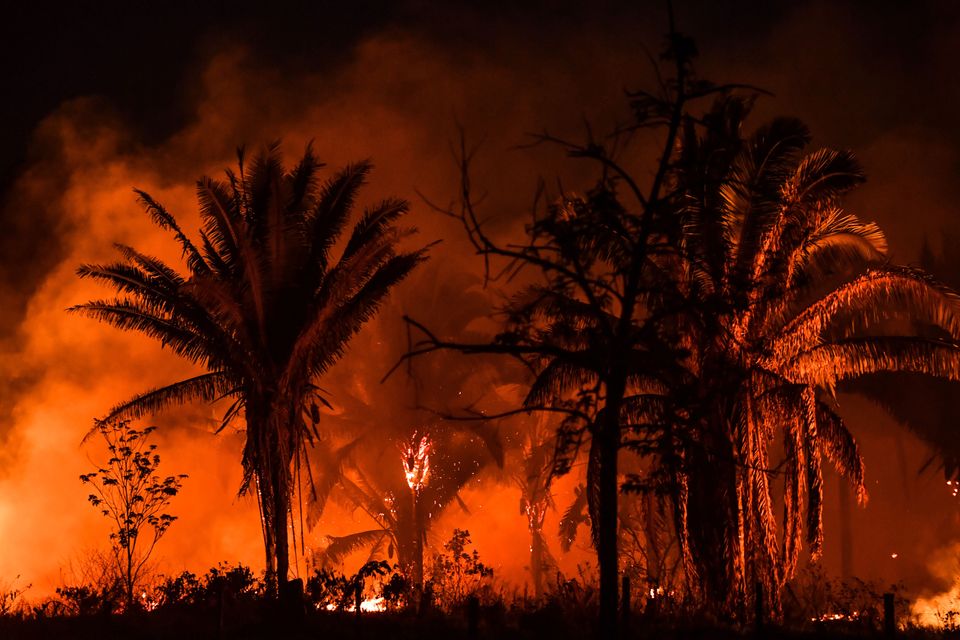
In response to the destruction in the Amazon, policymakers in Los Angeles and New York City have proposed rules that would ban the cities from working with big food companies linked to deforestation and wildfires.
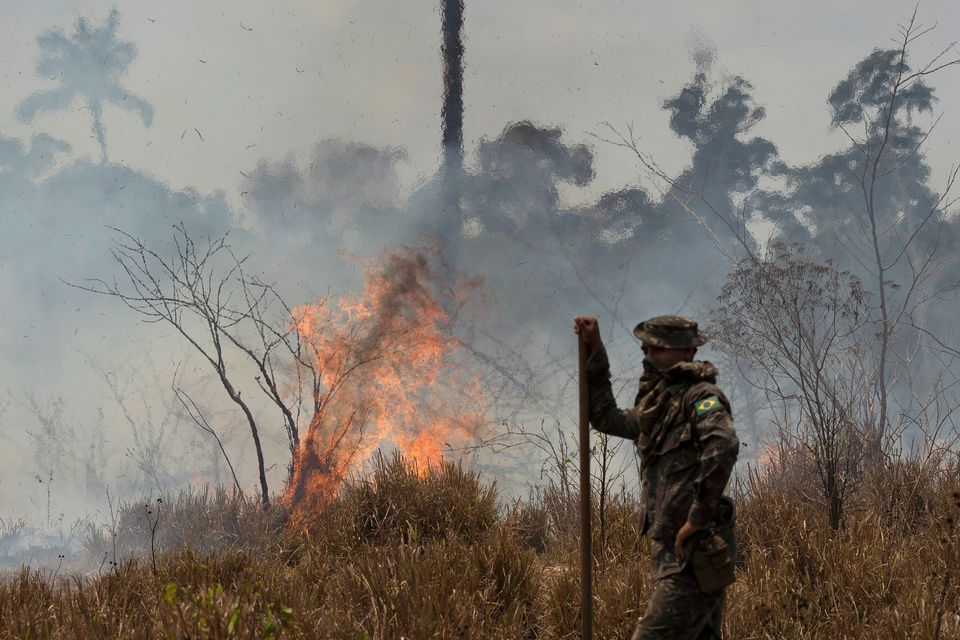
Russia
Hundreds of fires spread across Siberia this summer, following a particularly hot and dry period. Siberia is used to wildfires but the scale of the 2019 blazes was unusual as was their proximity to cities like Novosibirsk and Krasnoyarsk, where air quality plummeted.
Many of the fires were in remote, hard to reach areas called “control zones,” where authorities are not obliged to fight fires as the cost of fighting them is predicted to be higher than the damage they cause.
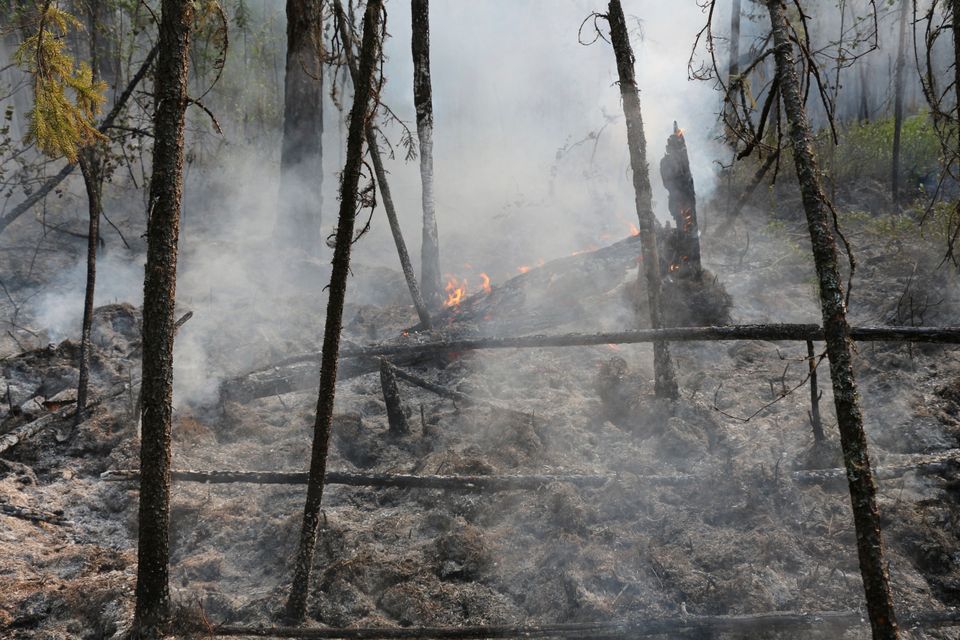
Critics blamed the Russian government for not being prepared and for underfunding fire protection and firefighting efforts. A million people signed a petition demanding that the government act and, at the end of July, the Russian government declared a state of emergency in five regions in Siberia and brought in the military to tackle the fires.
Environmental organizations say the consequences of these fires go far beyond Russia. “The situation with the forest fires in Siberia has long ceased to be a local problem and has turned into an ecological catastrophe on the scale of the entire country,” according to Greenpeace.
Toxic smoke from the wildfires spread out over the country, and it was estimated that the fires released 300,000 mega tons of carbon dioxide in July. The fires also produce “black carbon,” which settles on the Arctic ice and absorbs sunlight, exacerbating global warming.
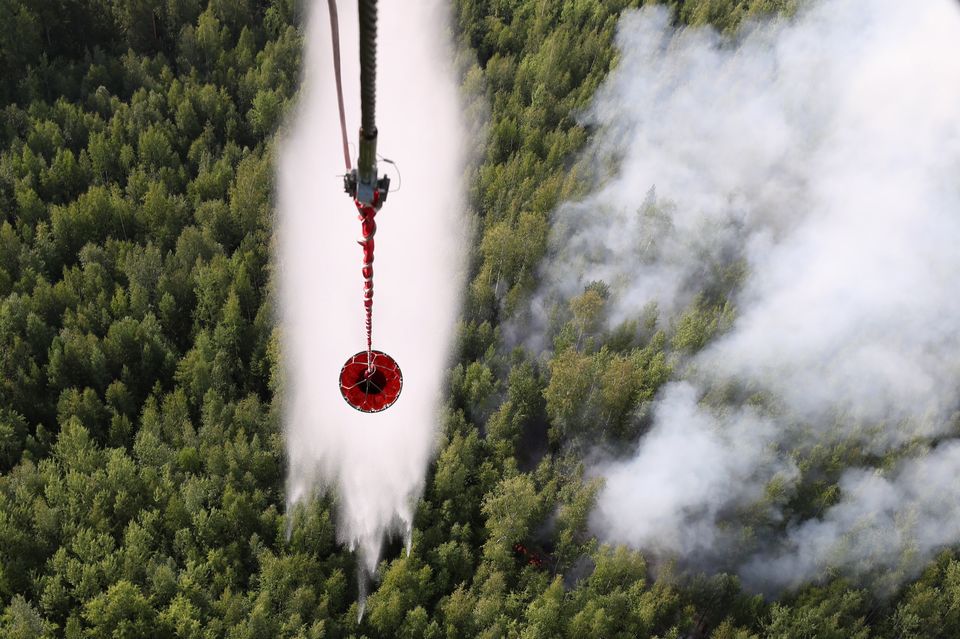
Indonesia
Forest fires burn in Indonesia every year, but dry weather in 2019 has made this year particularly destructive. As smoke billowed out over Southeast Asia, schools were closed and air pollution put millions of people at risk, especially children.
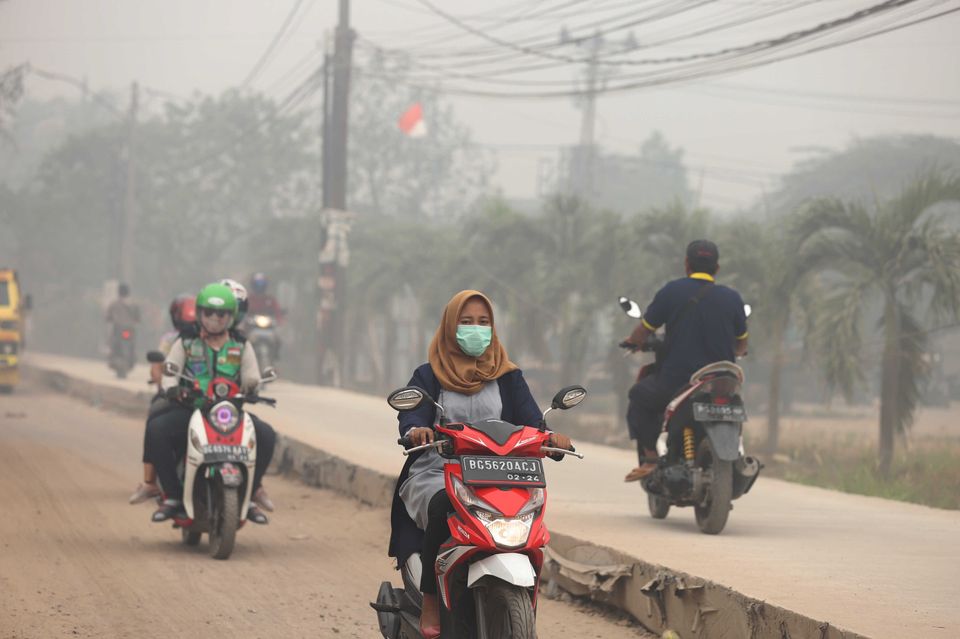
The fires in Indonesia are often linked to slash-and-burn methods to clear forest for palm oil plantations. Palm oil is the vegetable oil found in a huge range of consumer products from chocolate to shampoo.
The forest fires not only release carbon emissions but also strip back the habitat of the country’s endangered orangutans.
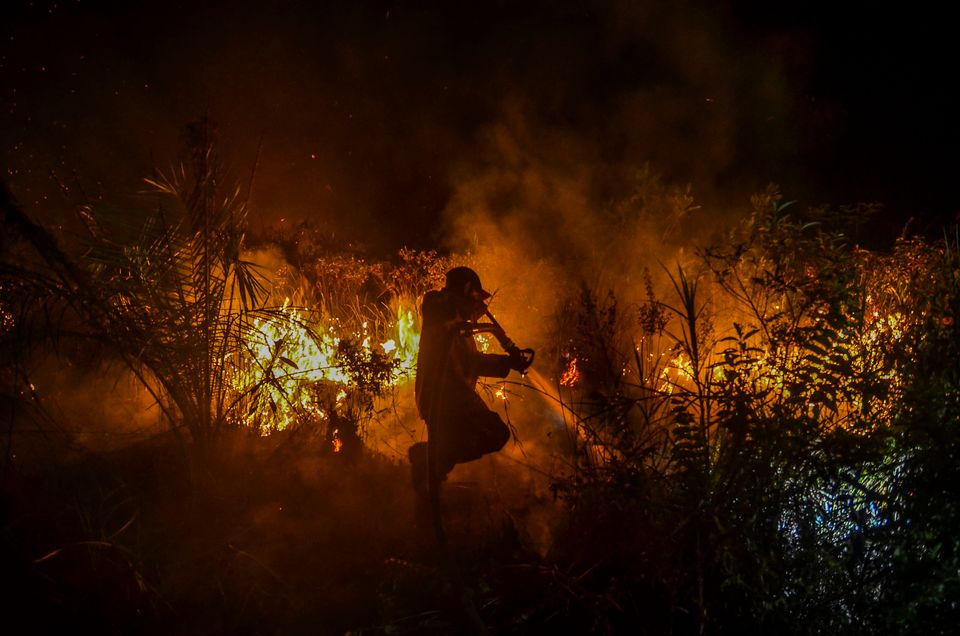
The government has been promising to more strictly enforce rules on slash and burn since the devastating fires of 2015, when land around the size of the state of Maryland was destroyed. But the practice continues.
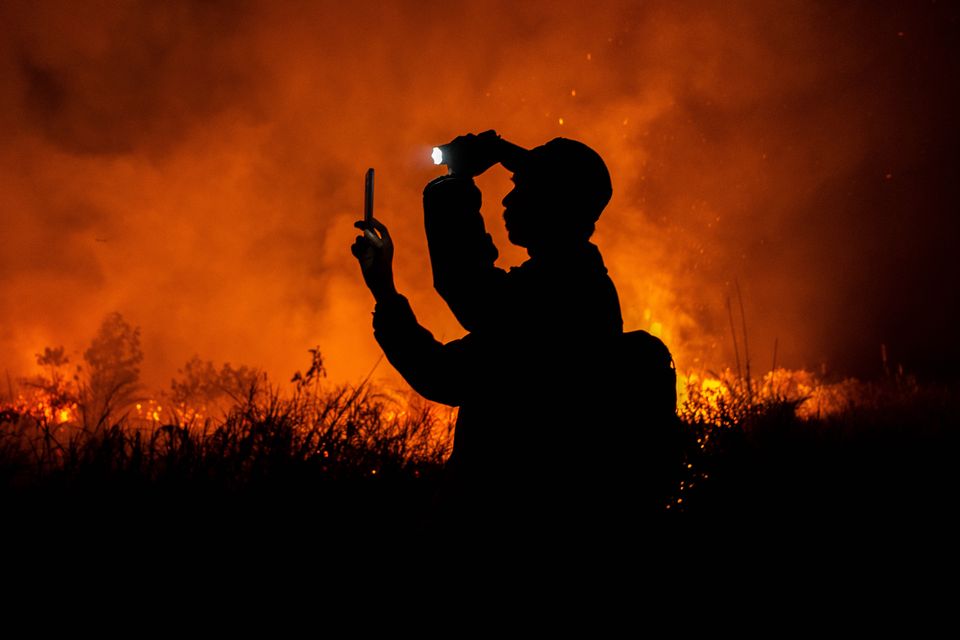
Lebanon
In October, Lebanon experienced its worst wildfires in decades, exacerbated by a heat wave coupled with strong winds. More than 100 fires burned about 3,700 acres of land and claimed at least one life. Riot police were sent to tackle the fires with water cannons.

The country experienced a heat wave before the fires, but despite warnings, the government did not prepare properly for the risk of wildfires, according to some experts.
“We have a new record in the extent of burned areas and the number of trees,” George Mitri, director of the land and natural resources program at the University of Balamand in Lebanon, told Al Jazeera. “It’s absolutely catastrophic to our national biodiversity.”
Experts called for governments to seriously step up funding for fire management, especially as the country’s urbanization means more people are starting to live very close to fire-prone areas.
“This is not an isolated event,” Julien Jreissati, a campaigner at Greenpeace Lebanon, told The Ecologist, “as 2019 has been a year of unprecedented forest fires from Siberia to the Amazon, from the Canary Island to Indonesia, sending clear signals that our planet is burning and it is time to act like it.”
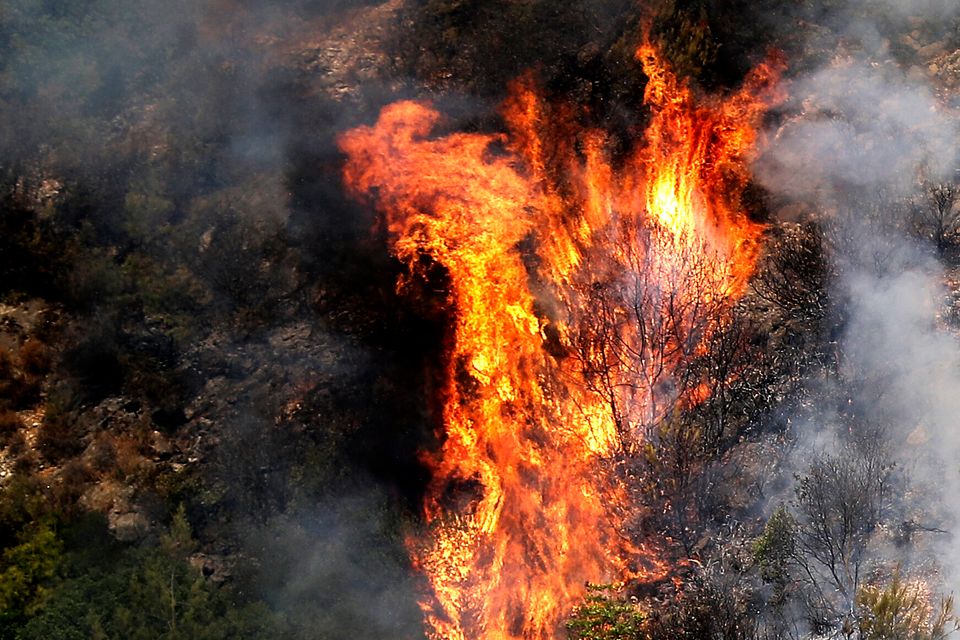
If it matters to you, it matters to us. Support HuffPost’s journalism here. For more content and to be part of the “This New World” community, follow our Facebook page.
HuffPost’s “This New World” series is funded by Partners for a New Economy and the Kendeda Fund. All content is editorially independent, with no influence or input from the foundations. If you have an idea or tip for the editorial series, send an email to thisnewworld@huffpost.com.


